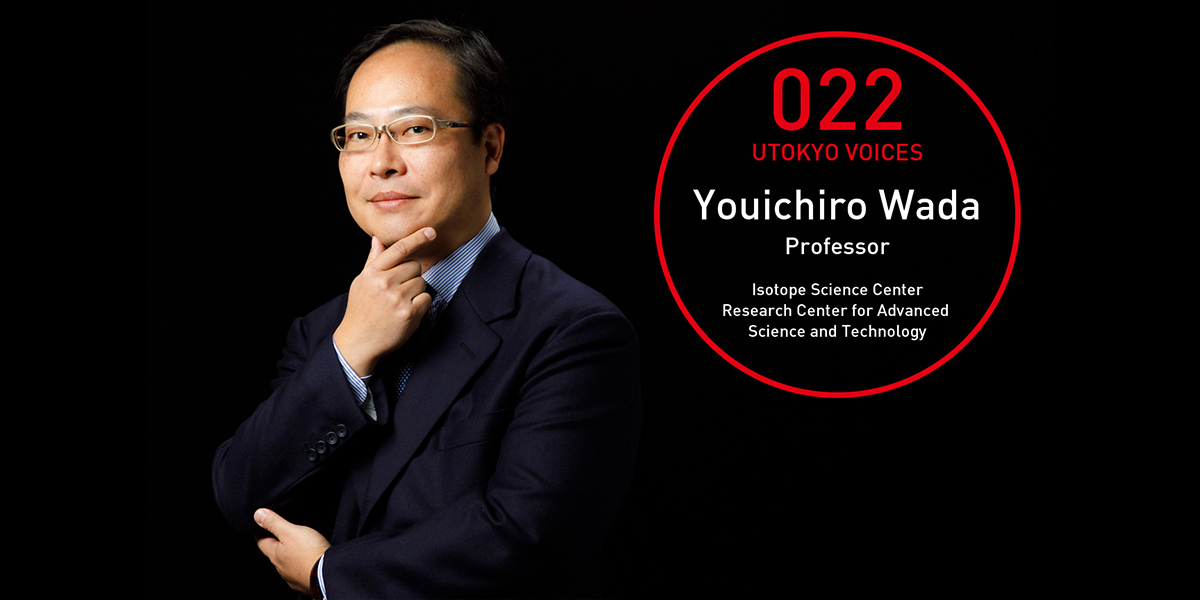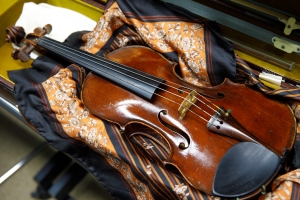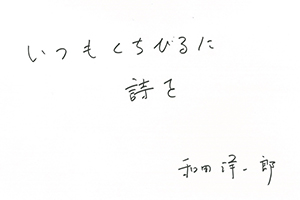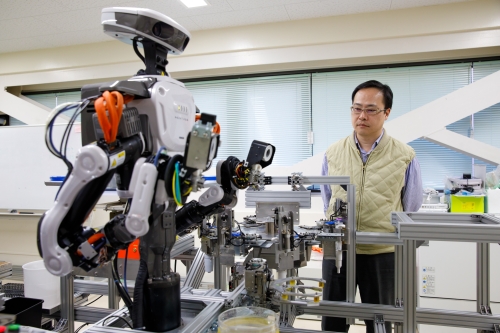Pushing Boundaries to Contribute to Society | UTOKYO VOICES 022


Pushing Boundaries to Contribute to Society
A trailblazer, Professor Wada continues to undertake new challenges. After graduating in 1992, he underwent training in areas such as emergency medicine at the University of Tokyo Hospital and the Teikyo University Ichihara Hospital Intensive Care Unit. He then completed a residency at Yokohama Rosai Hospital, where, under the guidance of a supervising doctor, he carried out the most catheter tests and balloon treatments for myocardial infarctions and angina in Japan. Wada recalls that, at that time, “I could understand with my fingertips, through the wire, whether coronary heart disease was caused by stenosis or thrombosis of a coronary artery.”
After that, he returned to the laboratory at the University of Tokyo to work as a bioscientist and sought to elucidate the mechanisms behind the onset of arteriosclerosis, a cause of heart disease. He performed bioscience experiments using analyses of epigenomic information (information that determines gene activity without altering the base sequence of DNA) and worked with mathematical scientists and lab equipment manufacturers to pioneer automation of experiment operations, using humanoid robots, successfully elucidating vital phenomena at a higher temporal resolution than ever before.
His work revealed that the endothelium, which plays an important role in the circulatory system, contains an adaptation mechanism that alters gene structure by the minute in response to environmental factors such as low oxygen levels, modified lipids, and inflammatory stimuli, leading to the discovery that certain phenomena that had been described in textbooks for many years—since they were observed in E. coli—are completely different in the case of human beings. In other words, he shed light on the initial processes by which inflammatory diseases such as arteriosclerosis are triggered.
The inception of Wada’s trailblazing work was during the free quarter (a period of lab study during the vacation season) of his fifth year in the Faculty of Medicine, when he began frequenting the research lab of the Third Internal Medicine department after meeting Professor Tatsuhiko Kodama, a world-leading researcher of lifestyle-related diseases.
“Professor Kodama specialized in the liver and was conducting research on arteriosclerosis from lipid metabolism, but I was interested in vascular biology. My work was supporting the recovery of patients who were family breadwinners and, so as to acquire a good understanding of angina and arteriosclerosis, I began clinical work specializing in the circulatory organs involved in these treatments, and then went on to do research based on that experience.”
Recently, Wada has been involved in the development of a “smart robotics system” using humanoid robots while also generating further insight into arteriosclerosis: “Because we can now analyze data at one-minute intervals, the mechanisms of arteriosclerosis onset, and therapeutic targets, have become clearer. And if we use a ‘smart robotics system,’ in which artificial intelligence is mounted in this technology inside bio-clean benches, we should also be able to safely and efficiently develop and manufacture various kinds of cancer treatment drugs that use large amounts of alpha-ray emitting nuclides.”
Such research achievements would not have been possible without interdisciplinary research involving mathematical scientists, physicists, and robotics researchers. Says Wada, “The interesting thing about this research lies in the challenge of acquiring data on a biological phenomenon of interest using engineering robotics, and then subjecting the phenomenon to further investigation using bioscientific approaches based on new models derived from the ideas of mathematical scientists.
“In tackling life phenomena, we are working hard to avoid stereotypes and preconceived ideas. By relishing intercultural communication without prejudice and having the courage to adopt new approaches gained on the way, we can generate unprecedented results. It is my wish that, by accumulating the results of these endeavors, we can develop even just one new treatment method, and thereby make a contribution.”


When not engaged in research, Wada enjoys relaxing by listening to music, and playing his favorite instrument, the violin.


[Text: Itsumo kuchibiru ni uta o (Always have a song on your lips)]: “These are the words my elementary school science teacher delivered when I graduated, and which have remained with me ever since, the implication being that however difficult things may be, try to enjoy them,” says Wada.

Youichiro Wada
Graduated from the University of Tokyo School of Medicine in 1992. From 1992, he practiced in coronary heart disease as a resident at the University of Tokyo Hospital, as an assistant in the Intensive Care Unit of Teikyo University Ichihara Hospital, and as a medical practitioner in the Cardiology Department of Yokohama Rosai Hospital. In 1995, he began conducting research into the onset mechanisms of arteriosclerosis as a medical practitioner in the third internal medicine department of the University of Tokyo Hospital, and as a researcher in the Research Center for Advanced Science and Technology (RCAST). After working as a Research Resident at the Japan Foundation for Aging and Health, Assistant at the Komaba Open Laboratory, and Visiting Researcher at Harvard Medical School, from 2007 he conducted research on transcription mechanisms as an RCAST researcher and Associate Professor. Since 2013, he has been involved in research on low-level radiation and development of alpha-ray medical products as a Professor in the Isotope Science Center, as well as research on genomes, epigenomes, and chromatin dynamics, and robot development, as a Professor at RCAST (concurrent posts).
Interview date: December 14, 2017
Interview/text: Tsutomu Sahara. Photos: Takuma Imamura.







